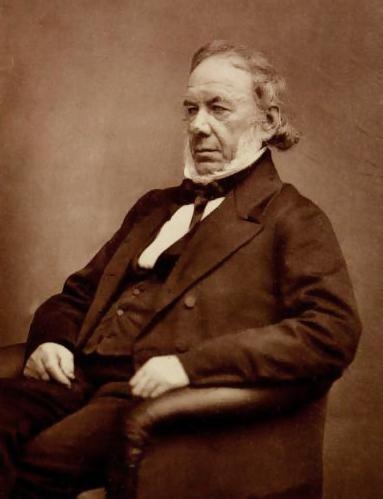John Mercer
John Mercer was born on February 21st, 1791 in the countryside of Lancashire, England to a family of farmers. When John was nine, an epidemic struck the district and his father and sister died. John and his remaining family moved in with his maternal grandmother who lived in a neighboring village where he got a job as a bobbin winder at a weaving factory.
When he was a bit older, he moved on to become a weaver, although he didn't particularly enjoy it. He was taught to read and do sums by the factory's pattern designer and taught himself after that through reading books.
It wasn't until John was 16 that he discovered what would become his life's passion. When he was home visiting his mother, his little brother was wearing the BRIGHTEST orange suit and John became "all on fire to learn dyeing." He couldn't find any books on the subject, so he went to the local drugist who sold to the local dyers and bought a 3-penny pack of each dye material they sold. He experimented until he discovered how to create the more common colors and decided to try going into business as a dyer. That endeavour didn't last too long before the Oakenshaw Print Works offered him an apprenticeship in their dye-shop. He accepted, but was disappointed when he was only given jobs of manual labor. When he was 19 was released from his apprenticeship and went back to weaving. He did some dyeing on the side until one fortuitous day he happened to stop at a used book stall and saw an introductory book on chemistry. He purchased it and applied what he learned to his dyeing experiments.
After producing a new orange dye (perhaps this was his favorite color?), he was suddenly sought after as a dyer. The Oakenshaw Print-Works re-hired him, now as their dye chemist rather than an apprentice. He spent the next 40 years there developing dyes and discharges for calico cotton.
In 1844, John was running some chemical experiment where he was filtering various substances through many layers of fine cotton. After coming back to his lab in the morning, he discovered that his solution of caustic soda had transformed his cotton filter, making it thicker and in the center where the solution had sat the longest, it was translucent. He called it "fulled cotton" and set it on a back shelf as an interesting effect. When he retired, he pulled out some of his old experiments and discovered that cotton (or other cellulose fibers) undergo a strange transformation when exposed to a strong alkali solution. He worked out the details and found that he could make cotton cloth stronger, thicker, and that it would take up dye or other liquids more readily. The downside was that the cloth would also shrink considerably. So, although his experiments were interesting to cloth printers, they could not afford to lose as much yardage in their cloth that resulted from the process and mercerization did not become popular until 1890 when Horace Lowe discovered that stretching the material or yarn while it dried created a beautiful shine and the luster we usually associate with mercerized cotton today.

John Mercer




